Switzerland’s luxury underground homes
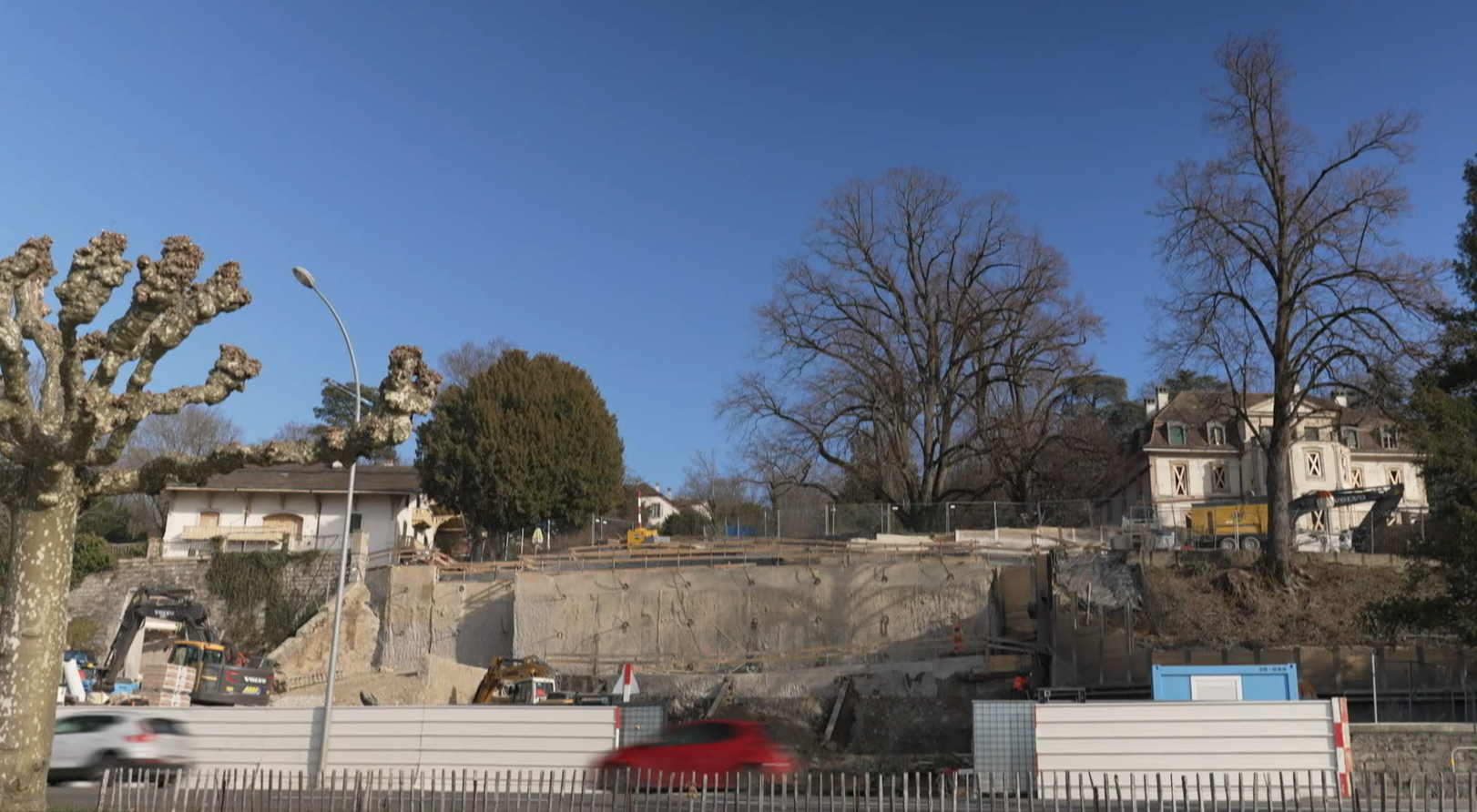
Swiss homeowners are increasingly expanding their properties underground – for comfort, leisure or safety reasons, according to a report by Swiss public television, RTS.
In Puidoux, a small village in the Lavaux wine region on Lake Geneva, an old cowshed has been transformed into a holiday home by Jean-Daniel Rey and his family, who have owned it since the 1950s. What was once a stable is now a small cottage with just a kitchen and bedroom upstairs – and the toilet outside.
Jean-Daniel and his wife wanted to add bathrooms, but due to restrictive building regulations, they had only one option: dig.
“As it was in a perimeter that was difficult to extend because of the legislation, we had to dig,” they tell RTS. “We went from a small 60m² property to well over 100m².”
Traditionally, basements were used for cellars, fallout shelters and utility rooms – things best kept out of sight. Today, they’re increasingly in demand.
Preserving heritage, maximising value
Another example is Geneva’s Villa Mundi, located in the exclusive Cologny district and home to the World Economic Forum (WEF) headquarters. Architect Patrice Reynaud, who was in charge of its renovation in 2023, says digging was the only viable way to increase the living space without disturbing the historic building.
“We had to find space while preserving the existing building, so the only way was to dig and take advantage of the slope of the land,” he explains. The renovation nearly doubled the floor space – from 800m² to almost 1,750m².
Reynaud says he has been receiving more and more requests for underground extensions. “Given the cost and scarcity of land in Switzerland, we’ve started to explore basement extensions as usable living space,” he says.
For developers, it’s interesting from an economic perspective. “These are areas that can be sold, which are more valuable than a traditional cellar or utility basement,” says Reynaud. “For private owners, it’s a lifestyle choice – people want beautiful homes with spaces to enjoy with their families.”
Counting what’s underground: a growing challenge
As there are no comprehensive official figures available in Switzerland, it is impossible to confirm the true extent of the underground building trend. Permits are issued by local authorities, and few keep track of the type or volume of subterranean space.
Tracking every permit would be a massive task, says Thierry Largey, a professor of planning law at the University of Lausanne. “It would require almost archaeological research to find out what’s been built. It’s difficult to really know what exists,” he says.
Largey believes this data gap needs addressing, especially given the growing interest and strategic importance of underground land use. Without it, future conflicts over subsoil use are likely, he believes.
From fallout shelters to luxury bunkers
While many people build underground for practical or heritage reasons, others do so for their own personal security. Switzerland has long maintained a tradition of fallout shelters.
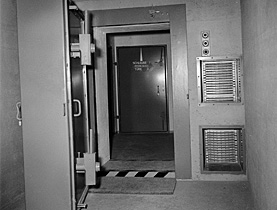
More
Bunkers for all
But more recently, ultra-wealthy individuals have begun constructing lavish underground complexes – a trend that extends far beyond Switzerland.
After yachts and private islands, the latest must-have for billionaires is a luxury bunker. Meta CEO Mark Zuckerberg, for example, has reportedly built a $100 million fortified complex beneath his Hawaiian estate.
In Switzerland, fallout shelter specialist Christian Sinigagia confirms this growing demand. One recent project was a 300m² bunker built for just three people – complete with a changing room, hammam, swimming pool, sauna and extensive technical systems.
According to technology writer Douglas Rushkoff, the drive to build these kinds of underground shelters isn’t always about fear. “For some, the idea of an ‘end-of-the-world’ bunker is not rooted in concern for the future, but in a desire to create a technological, predictable and safe bubble – a virtual reality where they can live without the risks of real life,” he notes.
Whether for family convenience or survivalist fantasy, Switzerland’s underground building trend is expanding fast – and it’s happening out of sight.
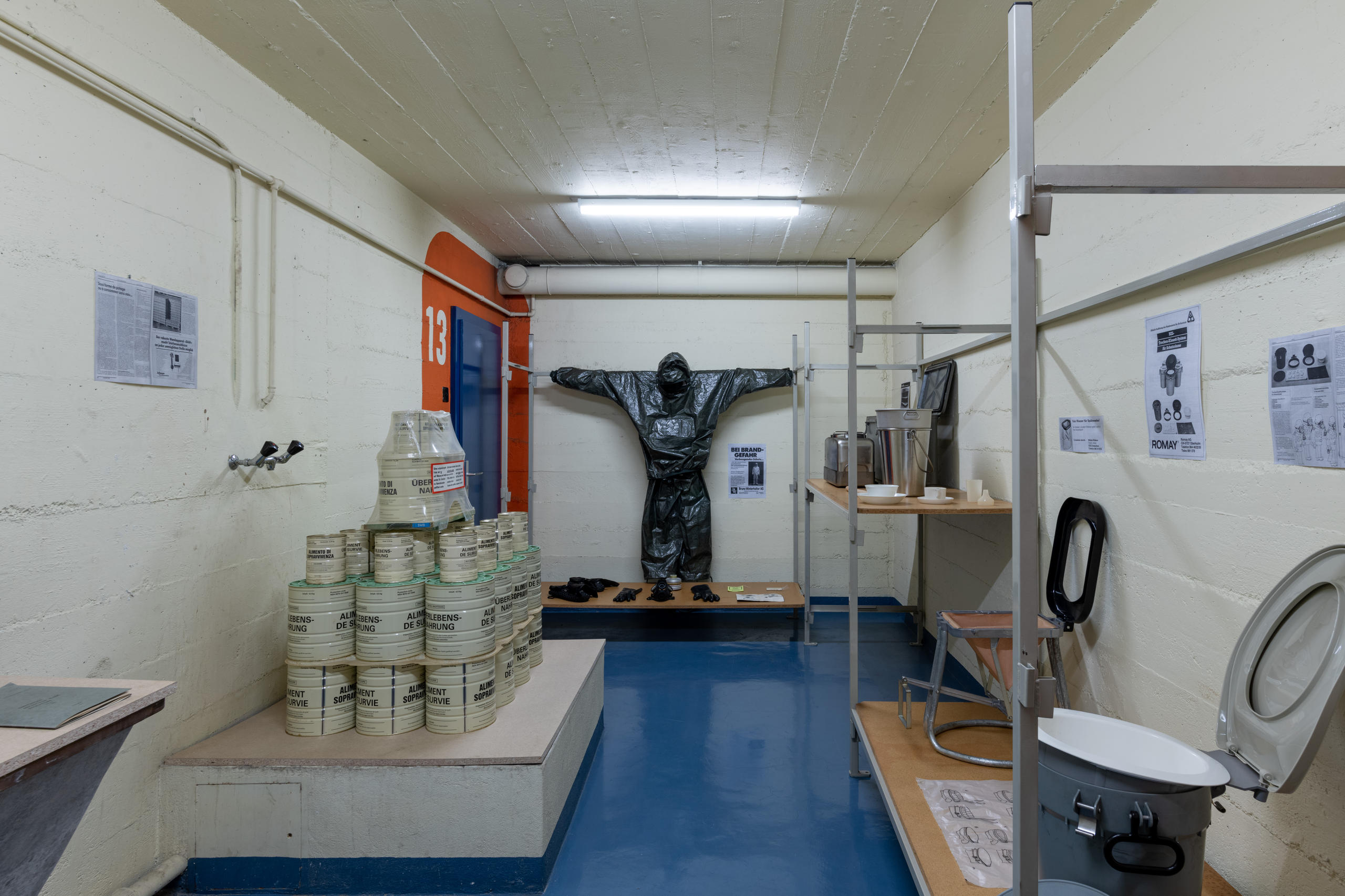
More
Switzerland sets ‘gold standard’ for designing bunkers
Translated from French using DeepL/amva/sb

In compliance with the JTI standards
More: SWI swissinfo.ch certified by the Journalism Trust Initiative
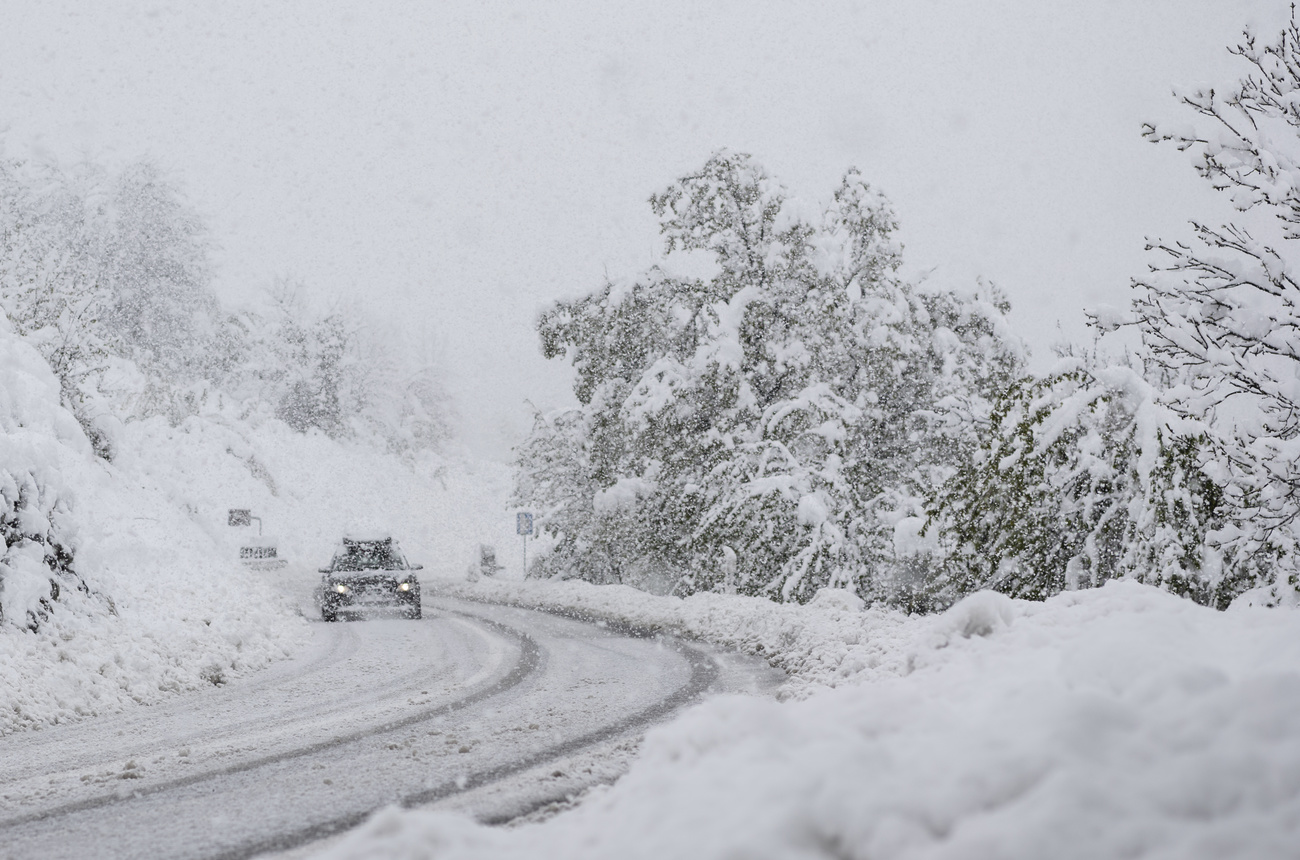




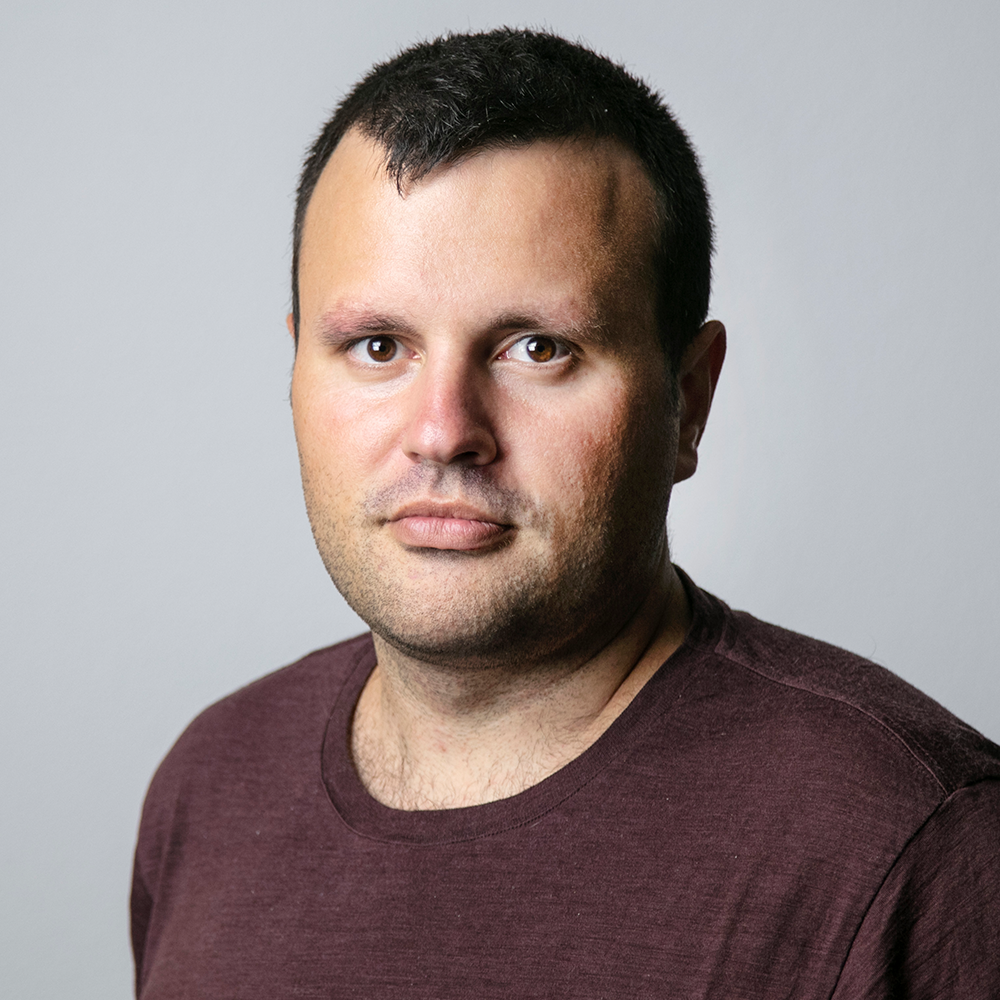


You can find an overview of ongoing debates with our journalists here . Please join us!
If you want to start a conversation about a topic raised in this article or want to report factual errors, email us at english@swissinfo.ch.